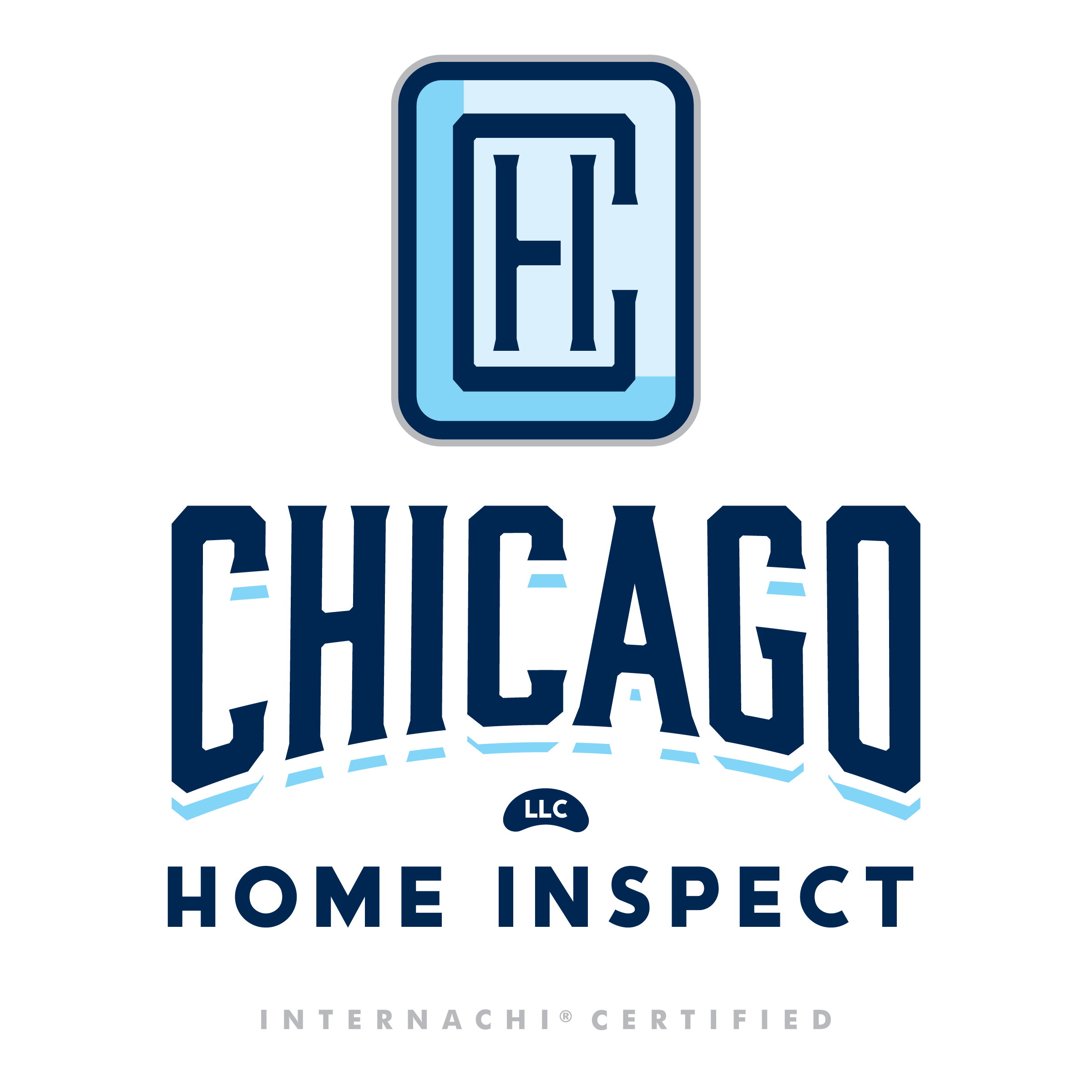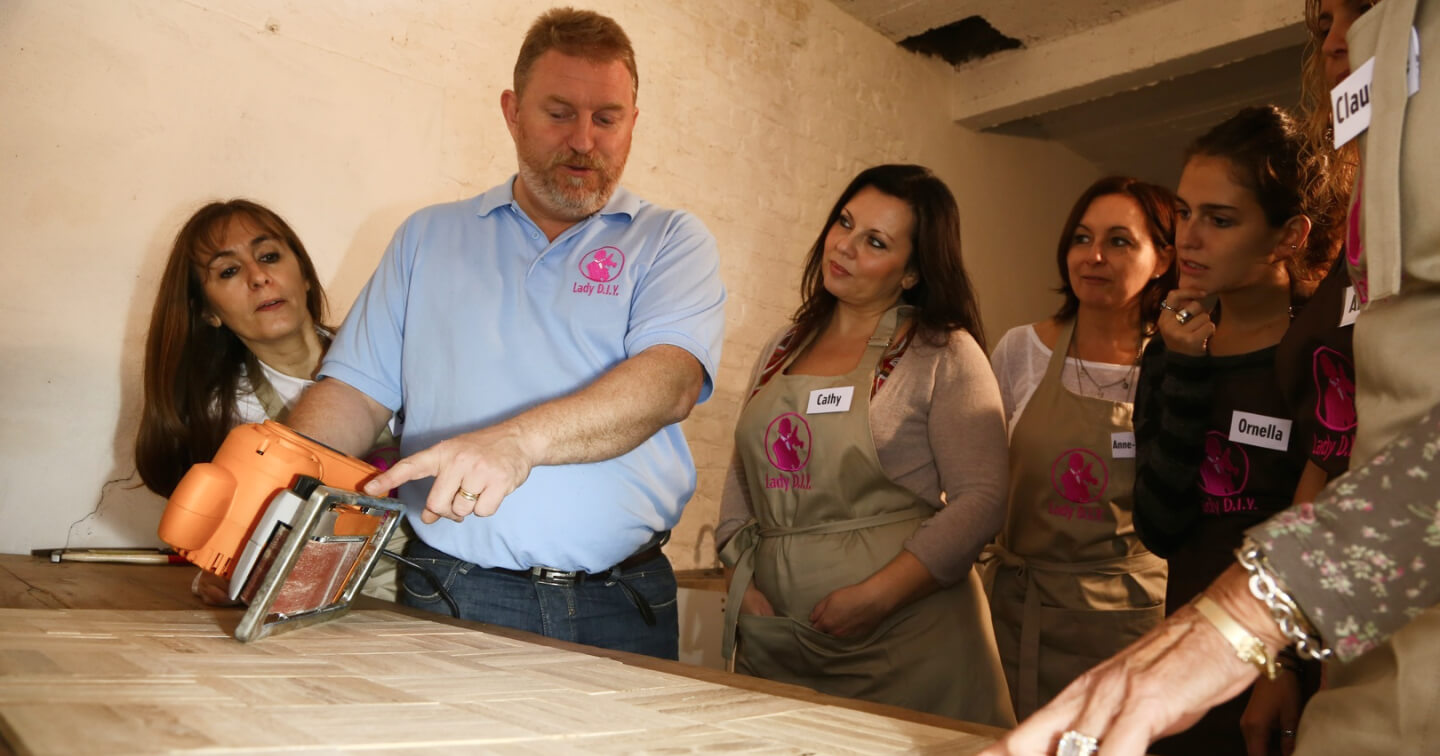As winter fades and temperatures begin to rise, homeowners often turn their attention to spring cleaning and outdoor projects. However, spring is not just the time for aesthetic improvements — it’s also the ideal season for crucial maintenance tasks that can prevent costly surprises during a future home inspection. Whether you’re planning to sell your home soon or simply want to protect your investment, conducting a thorough spring maintenance routine is essential.
In this article, we’ll outline comprehensive spring home maintenance tips to help you avoid common inspection issues, maintain your home’s value, and ensure the safety and functionality of your property. As trusted home inspectors in Chicago often advise, early maintenance can make a significant difference when it comes time to sell or refinance.
Why Spring Maintenance Is Critical
Spring maintenance is about more than curb appeal. After months of freezing temperatures, heavy precipitation, and fluctuating weather, your home may have hidden damage that isn’t immediately obvious. Small problems left unchecked can develop into larger issues, raising red flags during a professional home inspection.
Addressing these concerns early:
- Prevents bigger, more expensive repairs later
- Improves your home’s energy efficiency
- Protects against structural damage
- Enhances your home’s marketability
- Ensures safety for you and your family
Experienced home inspectors in Chicago frequently report that many major inspection findings could have been prevented with regular springtime upkeep.
Exterior Maintenance Checklist
1. Inspect and Repair Roofing
Winter weather can be brutal on your roof. Inspect for:
- Missing or damaged shingles
- Loose flashing around chimneys and vents
- Signs of sagging or water pooling
Even minor roof issues can lead to leaks, mold growth, and structural damage. Replacing a few shingles now can save you from major repairs later — and will look much better during an inspection.
2. Clean and Maintain Gutters and Downspouts
Clogged gutters can cause water to back up and damage your roof, siding, or foundation. Each spring:
- Remove debris from gutters
- Check for sagging or detached sections
- Ensure downspouts direct water at least 5 feet away from the foundation
Proper drainage is something home inspectors in Chicago consistently check during inspections, given the heavy rainfall the area can experience during spring.
3. Examine Siding and Paint
Inspect the exterior walls for:
- Cracked or peeling paint
- Damaged or warped siding
- Mildew or mold growth
Repainting and repairing siding not only enhances curb appeal but also protects your home from moisture intrusion — a key concern for inspectors.
4. Check Windows and Doors
Winter weather can wear down seals and frames. Look for:
- Cracks in caulking or weatherstripping
- Drafts or moisture between panes
- Warped or rotted frames
Resealing or replacing damaged windows and doors can improve energy efficiency and show that the home is well-maintained.
5. Assess the Foundation
Walk around the base of your home and check for:
- Cracks in the foundation
- Signs of shifting or settling
- Water pooling near the foundation
According to home inspectors in Chicago, foundation issues are one of the top reasons for failed transactions. Early identification and repairs can prevent major inspection complications.
Yard and Outdoor Features
6. Inspect Decks, Porches, and Patios
Freezing and thawing cycles can cause wood to split and concrete to crack. Inspect:
- Wooden structures for rot or loose boards
- Concrete patios for cracks or uneven settling
Reinforcing or resealing these structures now can improve safety and aesthetics.
7. Trim Trees and Bushes
Overgrown trees and shrubs can damage siding, roofs, and even foundations. Proper trimming:
- Reduces the risk of branch-related damage
- Improves airflow and sunlight exposure
- Helps maintain the home’s exterior appearance
Home inspectors in Chicago often point out overgrown vegetation as a factor contributing to moisture and pest issues, especially in older properties.
Interior Maintenance Checklist
8. Test HVAC Systems
Your air conditioning will soon be running full-time. Before it’s needed:
- Replace air filters
- Clean vents and registers
- Schedule a professional HVAC inspection and tune-up
A working HVAC system is critical for both homebuyers and inspectors, and preventative maintenance can extend the lifespan of your equipment.
9. Check for Water Damage
Examine walls, ceilings, and under sinks for:
- Water stains
- Musty odors
- Mold growth
Small leaks can worsen over time and create major issues for a home inspection. Repair plumbing leaks and replace any water-damaged materials.
10. Inspect the Attic and Basement
These less-frequented areas can harbor major problems:
- Check for signs of roof leaks or pest infestations in the attic
- Look for moisture, foundation cracks, or mold in the basement
Both spaces are important during an inspection. Keeping them clean, dry, and well-ventilated can prevent serious concerns.
Safety Systems
11. Test Smoke and Carbon Monoxide Detectors
Spring is a perfect reminder to:
- Replace batteries in all detectors
- Test each unit to ensure functionality
- Replace any detectors more than 10 years old
Working safety systems are required by law in most areas and will absolutely be noted in a home inspection report.
12. Inspect Electrical Panels and Outlets
Although professional inspections are best for full evaluations, homeowners can:
- Look for signs of scorching or corrosion
- Test GFCI outlets in bathrooms, kitchens, and outdoors
- Ensure that no breaker frequently trips without cause
Electrical safety is a significant part of any home inspection, and as many home inspectors in Chicago know, electrical issues are among the most common defects found during evaluations.
Plumbing and Water Systems
13. Examine Outdoor Faucets and Irrigation
Freezing temperatures can damage exterior plumbing. In spring:
- Turn on outdoor faucets slowly and check for leaks
- Test sprinkler systems for broken or misaligned heads
- Repair or replace damaged pipes immediately
Leaks waste water and cause property damage — both of which inspectors will call out.
Bonus Tip: Document Your Maintenance
Keep records of any repairs, upgrades, and professional inspections you perform. When it comes time to sell, being able to provide maintenance documentation:
- Builds buyer confidence
- Supports your asking price
- May help you justify a faster or smoother closing process
Professional home inspectors in Chicago often recommend homeowners maintain a clear maintenance log to demonstrate ongoing care of the property.
Conclusion
Spring home maintenance is essential for preserving your home’s condition and avoiding unwelcome surprises during a home inspection. By investing a weekend or two in careful inspections and preventative repairs, you not only protect your home’s value but also contribute to its long-term durability and comfort.
Staying proactive can help you catch small issues before they escalate — and ensures that when it’s time for an inspection, you’ll pass with flying colors.
Need a professional opinion? If you’re looking for experienced, thorough home inspectors in Chicago, [Your Company Name] is here to help. We specialize in detailed inspections that give homeowners and buyers peace of mind. Contact us today to schedule an appointment!



